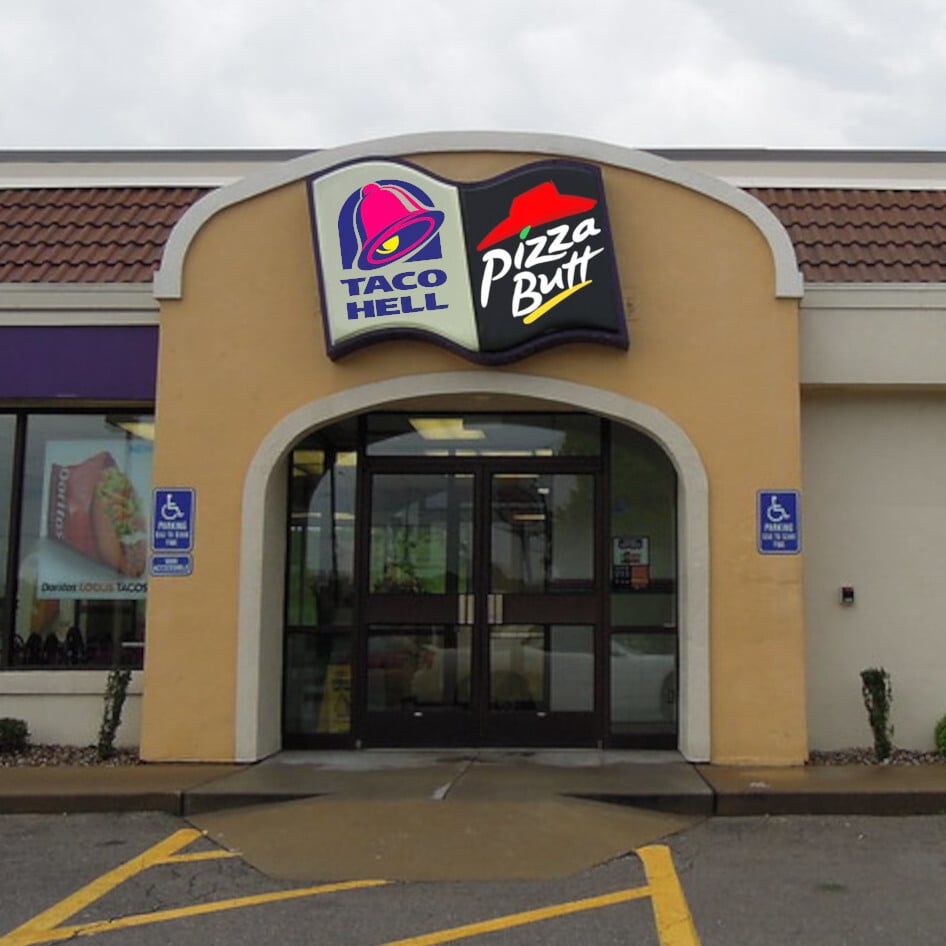Hello, I have recently built an AM5 pc and loaded Windows 11 onto it. I have two M.2 SSDs setup with RAID 0, through the UEFI.
I want to install dual boot a Linux distro to try and play games on it, because I prefer Linux to Windows.
From where I am with W11 and RAID 0 setup, how can I dual boot Arch, for example?
Should I (can I) partition my RAID0 drive?
Dual booting to a single drive(or an array) is a recipe for disaster. You’d be much better off putting each OS on it’s own separate drive, and setting arch as the boot distro since grub will allow you to switch to windows if need be. Windows has a tendency to screw with boot partitions so it’s more trouble than it’s worth to install it “alongside” on a single drive/raided drives.
RAID0 on nvme barely does anything anyways(especially for gaming,) if anything it’s worse as it makes some of the lower que depth operations(and latency) slower.
So to your question, you can in theory, but ideally you shouldn’t.
This. 👆
I’m committed right now to a Win 10 AME and EndeavourOS Dual Boot, and back when I first started running such a setup, Windows (8, 8.1, 10) would always overwrite the boot sector with it’s own loader when installed. You can get a dual boot from grub working by deliberately partitioning before installing Windows, then whichever Linux, making sure to install grub during. I gave up on that hassle after one round and now I just use separate drives for each OS.
I actually benchmarked my Samsung 980 Pro M.2 Raid 0 setup vs a single. While sequential read-write is between 2-3* better, random is exactly the same except for 1.8* better random write speed.

Which is why you generally don’t want NVME raid. You’ll never, ever use that much sequential in a consumer environment, and game loading mostly uses random reads rather than sequential. What makes an OS feel snappy and responsive is the lower que depths(i.e q1t1,) which actually get worse or stay about the same when you raid flash together.
The only time i feel like raiding them together is worth it is if you’re lazy and want one big storage blob, or if you have unique circumstances that demand ridiculous amounts of ingest speed, like with 4k footage.
Maybe you should have asked that in a regular Linux community. Not really game related.
I would, in general, not recommend to modify any existing operating systems. Better get yourself a small SSD exclusively for Linux. Much less risk of damaging anything.
I agree with this sentiment. Dual boot on a single drive (or raid0 in this case) can be done but Windows has a tendency to rewrite the boot partition which makes you unable to boot into Linux. I’m sure there are workarounds, but having them seperate is just much easier.
If you install Linux in it’s entirety to a seperate SSD, you select to boot by default into that SSD which should give you the option to boot Windows instead. The other way round is more difficult and tends to break by reasons mentioned above.
I used to dualboot windows and Void/Gentoo 2 years back. Windows screwed up something every now and then
So i got fed up with it and bought a new ssd and life has been so much easier.
Right now ssd prices are very low it seems. So if you can afford it - buying one is a no-brainer.
The general steps to do this are:
- shrink your W11 partition and leave enough room for a Linux install plus games
- Boot a LiveCD to check if everything works and you can view your Raid Array
- Install Linux distro in new free space
Removed by mod
I’m a software engineer, and I know my way around Bash have some familiarity with Linux- mostly Debian. My understanding of how very low leveled stuff happens on my computer is very incomplete though, hence why I ask for help.
If you recommend something that’s not Arch, I’m happy to try it, though.
Removed by mod
deleted by creator
I found this to be more or less impossible on my AM4 platform. The AMD RAID kernel module didn’t work under any distro. Fire up an Ubuntu live environment and see if you can detect and read the contents of your Windows environment. That should give you a good sense for what is possible. Otherwise I recommend installing to a separate NVME as I have.
If you do decide to go with a dual boot, I highly recommend rEFInd.
Just gives you a slightly prettier OS selection bootloader.




